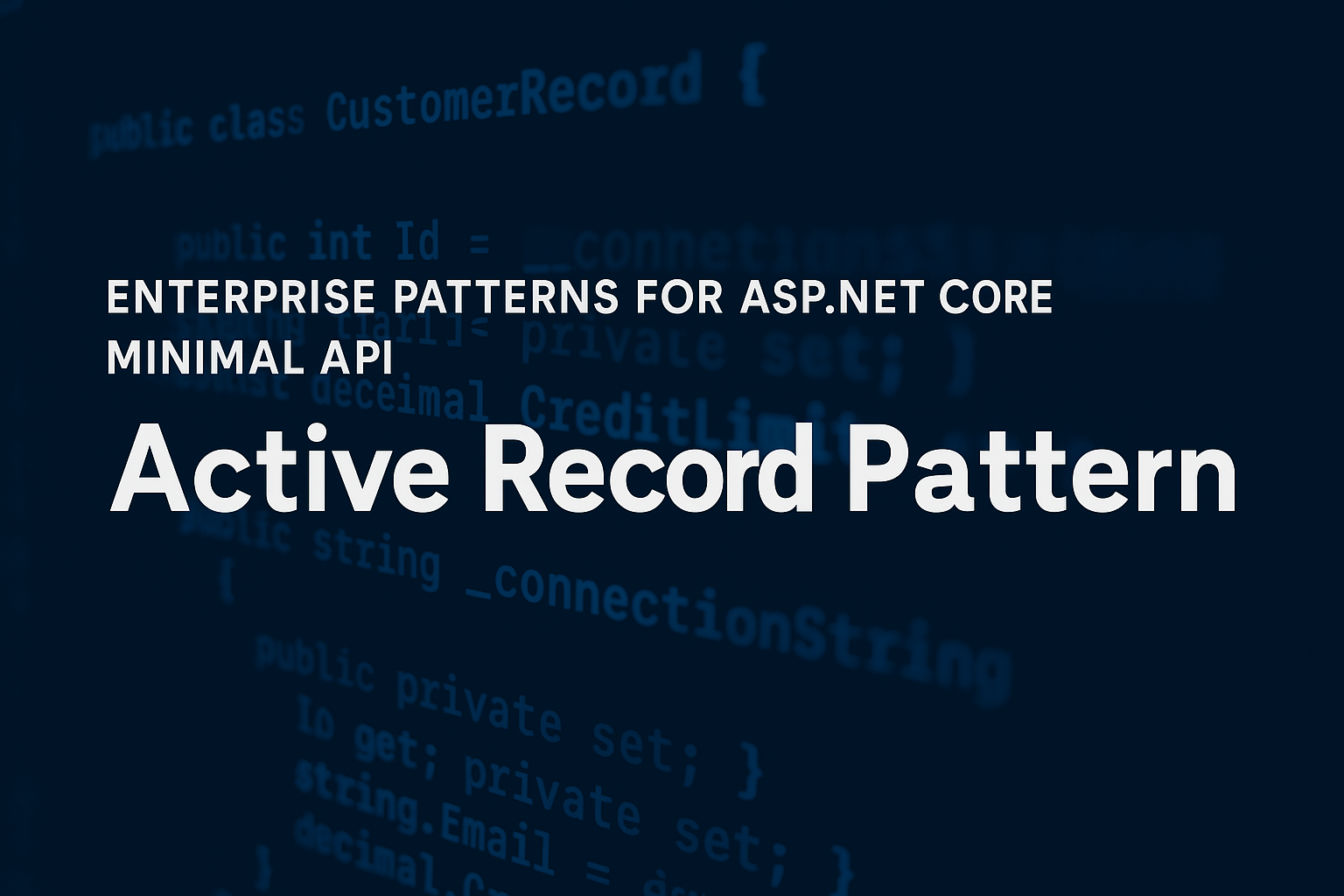
Looking at Writing Book Blurbs and How that can Help Conference Speakers
- Chris Woodruff
- January 6, 2023
- Speaking
- creating talks, speaking, talk abstracts
- 0 Comments
“If you are inspiring others to do better, you’re successful.” – Mod Sun
I read a book recently (well, last night, really) that helped me to think about creating conference talks and the abstracts speakers have to craft when they submit their talks to CFPs. The book is “5 Steps to Better Blurbs: Crafting Dynamic Descriptions that Sell” by Julie C. Gilbert. Julie is an author of science fiction and Christian books and freelances with other authors to help them write the blurbs on the back of the printed books and the descriptions for ebooks. She wrote the book to help other authors write better blurbs, reach more audiences, and sell more books.
Julie has a lot of good ideas and an excellent process for writing book blurbs. I thought, why not take those ideas and the process to help speakers write better abstracts for their talks first to get selected to speak at conferences and finally to get more attendees to put their butts in their seats to watch and enjoy the speaker’s talks. Let’s look at some of the ideas and the process.
Breaking down the Talk Abstract like a Book Blurb
Julie breaks down a book blurb into parts sections. These sections summarize what is essential to selling the book. These sections can also help us understand what is vital for the abstracts we submit to a conference and are shown for attendees to pick from among all the other talks at the conference.
Tagline/Talk Title
We all know that the title of our talk is essential since every book blurb needs an excellent tagline to attract the reader and get them to buy the book. We as speakers need to work hard to have a talk title that will also catch the conference person or team’s attention that goes through the many submissions attention and attendees going through the many talks at the conference they are paying good money to attend. How to create these titles is beyond this blog post.
Introduce the Main Character/Talk Topic
Every book has one or more main characters, and the blurb must share the main characters’ essence to make the reader connect with them. Your abstract should also give the meaning of the topic of your talk. It can go into a bit of detail on the topic, just enough to entice the viewer to stay for the rest of your abstract. Remember, less is more when writing an abstract.
Throw the Monkey Wrench at the Main Character/Goal of the Talk
What is wrong is key to any book and also your talk. As the speaker and expert on the talk topic, you must communicate why your essential idea has more to know. No one wants a lecture without knowing why it is crucial for their work or career.
Wrap-up Question or Statement/What the Attendee will get from the talk
The book blurb, in the end, has to make the reader buy the book with a why and how the main characters will be safe or accomplish their goal in the book. You also have to share what the attendees will get at the end of your talk. This final statement may be the part that pulls someone into your session that may have passed it for another.
The 10 Principles to Crafting a Great Blurb or Abstract
I love the overview Julie discusses for writing an excellent book blurb:
Keep your eye on the target: the attendee wants to attend your talk. It would be best to strike that delicate balance between enticing and overwhelming them.
OK, on to the ten principles!
Principle #1: Generate a Great Talk Title
Enough said!! Just create a fabulous title that captures the attendee’s attention and wants them to listen to your talk no matter what.
Principle #2: Know Your Selling Points
What 3-5 things the attendee needs to know about your talk?
Principle #3: Know Your Secrets
These are things that you are going to hold back from the attendee. You don’t want to give away everything, but these spoilers set the tone for your abstract.
Principle #4: Know Your Topic
Keep to the topic of your talk. Keep the excellent focus in the abstract! Don’t go off on tangents.
Principle #5: Know Your Audience and Genre
You should know this from when you created your talk. Are you targeting developers, architects, managers or maybe everyone? Know what binds your audience to the topic of the talk.
Principle #6: Set the Correct Tone
You should set a tone that matches your talk or go for a neutral, engaging vibe in your abstract. Once again, word choice will be affected by your tone.
Principle #7: Tell a Miniature Story
We use the talk title as the hook. It would be best if you also answered some questions. What’s involved in the session? What problems face the attendees that the topic can solve? Why should the attendees care about your ideas?
Principle #8: Establish the Stakes
It would help if you had some conflict in your abstract. It may sound harsh, but it’s true. Conflict drives your topic forward, challenges the attendee’s thinking, and makes your dialog memorable.
Principle #9: Instill a Sense of Urgency
Abstracts are sales pitches, but there’s no reason it should sound like you want to sell them something. It would be best if you had the attendee wish to come to your session and be excited.
Principle #10: Dance with the Words – The Importance of Word Choice
It would help if you tried different combinations of words. Word choice is essential for you’re the tone of your abstract. The English language has many words, so try a variety of them. Most words have unique contexts. Some are naturally lighter or heavier than others. Play with different words in your abstract and find the ones that best fit the one you want to deliver.
Conclusion
I gained much insight from Julie’s book for helping me write better abstracts for the talks I will submit to conferences this year. The helpful information in this blog post is just some of the knowledge she shares in the book. I recommend you buy the book and learn more.




